The Best Pet Rabbit Breeds


Written and verified by the biologist Paloma de los Milagros
Even though animal stores don’t usually carry a wide variety of domestic rabbit breeds, there are still many to choose from. Knowing what are the most popular ones will help you select the most appropriate one for you and your family.
Sometimes, a pet rabbit sort of replaces the role a dog would have had. The requirements of the latter imply time, space and, above all, constant attention that’s often difficult to guarantee. So, adopting a rabbit is an affordable alternative.
When you think about these animals, it’s wrong to believe that they are all equally sociable and affectionate and that they do not demand so much care when it comes to hygiene. Among the different breeds of domestic rabbits, there is also a diversity of characters and specific care, hence the need to get to know them.
The most popular domestic rabbit breeds
Though there are many more rabbit breeds, here are some of the most popular domestic ones:
French Lop
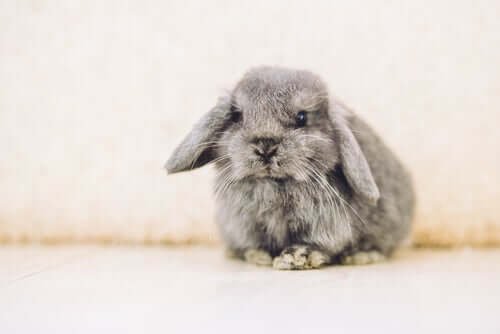
This rabbit has droopy ears, both in its miniature version and regular size and, because of this, is one of the most popular. The main reason why people choose them is their sweet appearance that’s reminiscent of a lamb. You can add to this their sweet disposition and affectionate personality.
This kind of breed is also highly intelligent and playful, and you can even train them as they’ll learn some tricks and orders. However, there are also some who refuse to be picked up despite being sociable.
Angora rabbits are one of the most beautiful breeds
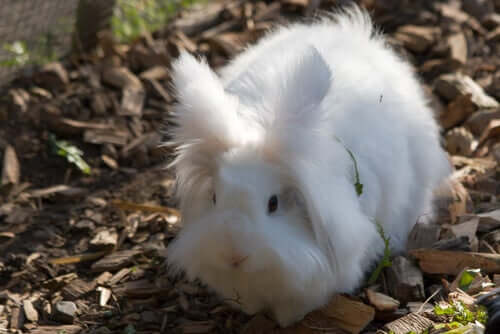
Like the previous breed, this one stands out for its sociability and receptivity to humans. However, their long fur requires some dedication as it tangles easily. In addition, they often lick themselves, just like cats, and it increases their risk of hairballs.
The Lionhead rabbit is one of the popular breeds
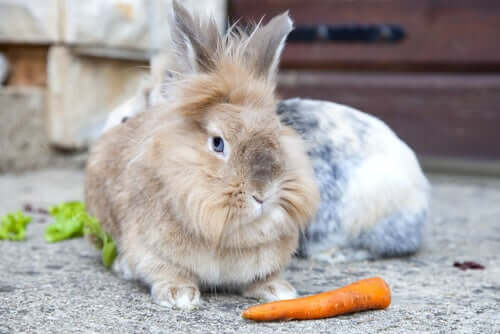
The most notable physical feature is its diversity of fur, particularly long and feathery around their heads. They have a more shy and introverted character than other domestic rabbit breeds, and aren’t the most recommended for children because of this. They’ll become aggressive as a self-defense mechanism if they feel threatened.
Flemish Giant
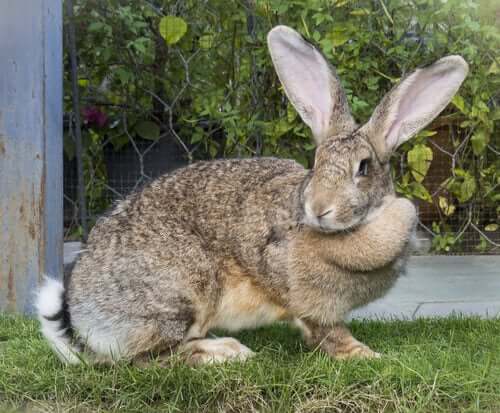
Their greatest peculiarity is that they’re huge, similar in size to a hare. This morphology means they have a lower life expectancy than other rabbits, only usually four years on average. This is a quiet animal that easily gets used to a human family environment. This doesn’t mean they’re greatly affectionate, however, because they’re not the cuddly type.
Harlequin rabbit
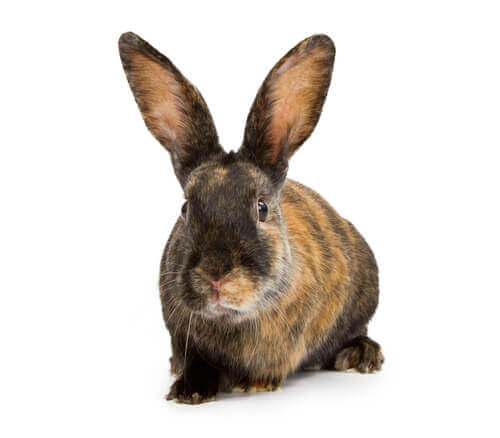
This is one of the most intelligent and playful rabbit breeds. They can easily learn basic commands. You can easily identify them with the two or three-toned pattern of stripes across their body.
Before you select one of the above rabbit breeds
You should consider a few things to ensure a satisfactory experience with regard to having a pet rabbit:
- They’re delicate animals. Most households with rabbits have one or more children and they’re in charge of the animals. However, given their fragility and fearful character, you should instruct your little ones to treat handle them gently and with a lot of care.
- These furry creatures require frequent hygiene. The fact that you don’t take them out for walks or that they have their own self-grooming habits doesn’t mean they’re not highly demanding in terms of required hygiene. In fact, their urine gives off a stronger smell than other animals, so you must clean their cage often, especially during the summer.
- Bunnies need space even if you keep them in large cages. Let them roam around in an open space for several hours a day. This is of utmost importance for their physical and psychological well-being.
We hope you’ve enjoyed this article.
All cited sources were thoroughly reviewed by our team to ensure their quality, reliability, currency, and validity. The bibliography of this article was considered reliable and of academic or scientific accuracy.
- Lynne, C. (2019). PetHelpful. 15 of the Best Pet Rabbit Breeds. Recuperado de https://pethelpful.com/rabbits/Best-Pet-Rabbit-Breeds
- Pets4Homes. 5 Of The Best Rabbit Breeds For Children. (S.f). Recuperado de https://www.pets4homes.co.uk/pet-advice/5-of-the-best-rabbit-breeds-for-children.html
- Taylor, E. (S.f). UkPets. The 6 Most Loved Rabbit Breeds. Recuperado de https://www.ukpets.com/blog/the-6-most-loved-rabbit-breeds/
This text is provided for informational purposes only and does not replace consultation with a professional. If in doubt, consult your specialist.